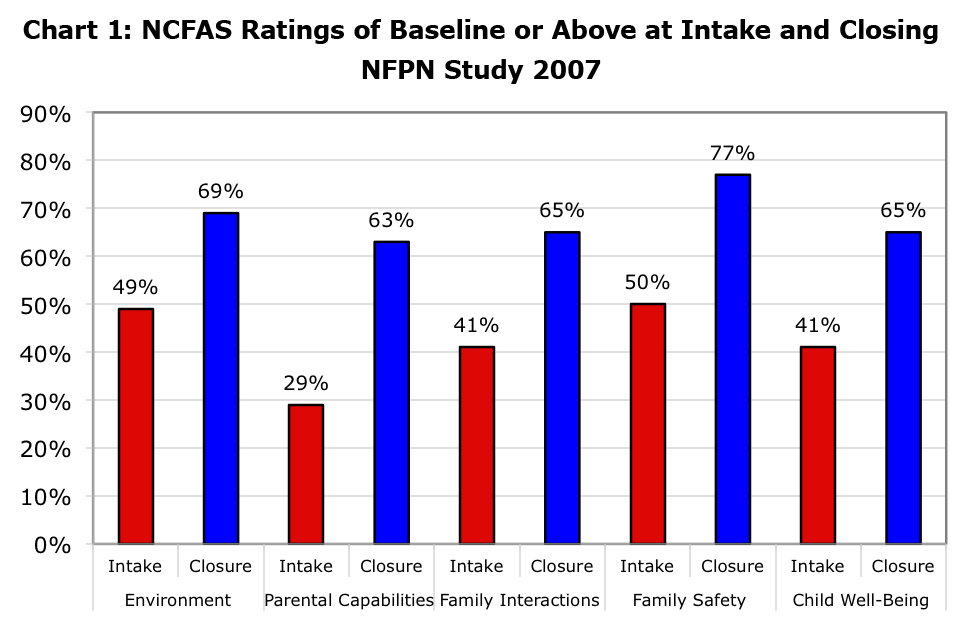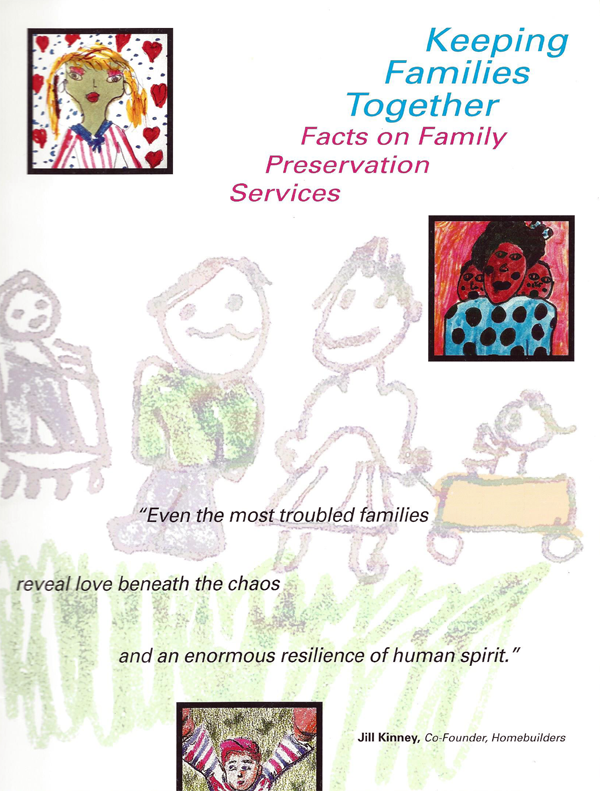Lately, human trafficking seems to be increasing in many of our communities. On December 31, 2013, President Barack Obama declared January 2014 as National Slavery and Human Trafficking Prevention Month:
NOW, THEREFORE, I, BARACK OBAMA, President of the United States of America, by virtue of the authority vested in me by the Constitution and the laws of the United States, do hereby proclaim January 2014 as National Slavery and Human Trafficking Prevention Month, culminating in the annual celebration of National Freedom Day on February 1. I call upon businesses, national and community organizations, faith-based groups, families, and all Americans to recognize the vital role we can play in ending all forms of slavery and to observe this month with appropriate programs and activities.
As IFPS professionals we need to ask ourselves how much we really know about “human trafficking.”
According to the U.S. Department of Homeland Security, human trafficking is “a modern-day form of slavery involving the illegal trade of people for exploitation or commercial gain.” This includes using adults or children for sexual slavery and forced labor.
The Department of Homeland Security reports that “every year, millions of men, women, and children worldwide, including in the United States are victims of human trafficking. Victims are often lured with false promises of well-paying jobs or are manipulated by people they trust, but instead are forced or coerced into prostitution, domestic, servitude, farm or factory labor, other types of forced labor.”
It is critical that IFPS providers be aware of and alert to possible sex trafficking of the vulnerable children and families we serve. Truancy or dropping out of school, frequently running away, lack of basic needs, fear of seeking help, and restriction of freedom of movement are some of the indicators of potential sex trafficking of youth.
Last fall, a congressional committee addressed sex trafficking of youth in foster care (http://waysandmeans.house.gov/calendar/eventsingle.aspx?EventID=355668). Two witnesses were from Washington State.
Bobbe Bridge is a retired judge and Founding President/CEO of Center for Children and Youth Justice. Following is a portion of her testimony:
Washington State was relatively early among state governments to recognize that trafficking in persons, whether domestically or internationally, was an issue of statewide significance. The Task Force Against Trafficking of Persons was created by the legislature in 2002, and in 2003 Washington became the first state in the nation to prohibit trafficking in persons. The term “child prostitute” has been all but removed from our lexicon. Instead we refer to the children and youth who are the victims of sex trafficking as commercially sexually exploited youth (“CSEC”).
You can read Judge Bridge’s full testimony here: (PDF, 3.3 MB)
http://waysandmeans.house.gov/uploadedfiles/bobbe_bridge_testimony_hr102313.pdf
Another witness, Melinda Giovengo, the Executive Director of YouthCare in Seattle, Washington, established the connection between at-risk and foster-care youth and sex trafficking. According to Giovengo:
- Studies indicate that between 55% and 90% of prostituted individuals report a history of child sexual and/or physical abuse.
- Youth in foster care are disproportionately at risk for victimization through sex trafficking due to prior abuse and a lack of social/familial support. Furthermore, sex trafficking constitutes violence and abuse of vulnerable youth.
- Youth in foster care are often victims of sex trafficking long before social workers, foster parents, or other providers are aware.
- Youth who have run away, or are missing from care, are at significant risk for sex trafficking.
You can read Ms. Giovengo’s full testimony and recommendations here: (PDF, 188 KB)
http://waysandmeans.house.gov/uploadedfiles/melinda_giovengo_testimony_hr102313.pdf
“This month, I call on every nation, every community, and every individual to fight human trafficking wherever it exists. Let us declare as one that slavery has no place in our world, and let us finally restore to all people the most basic rights of freedom, dignity, and justice” (President Barack Obama, Presidential Proclamation, December 31, 2013).
_______________
Posted by Moneefah D. Jackson and Peg Marckworth





